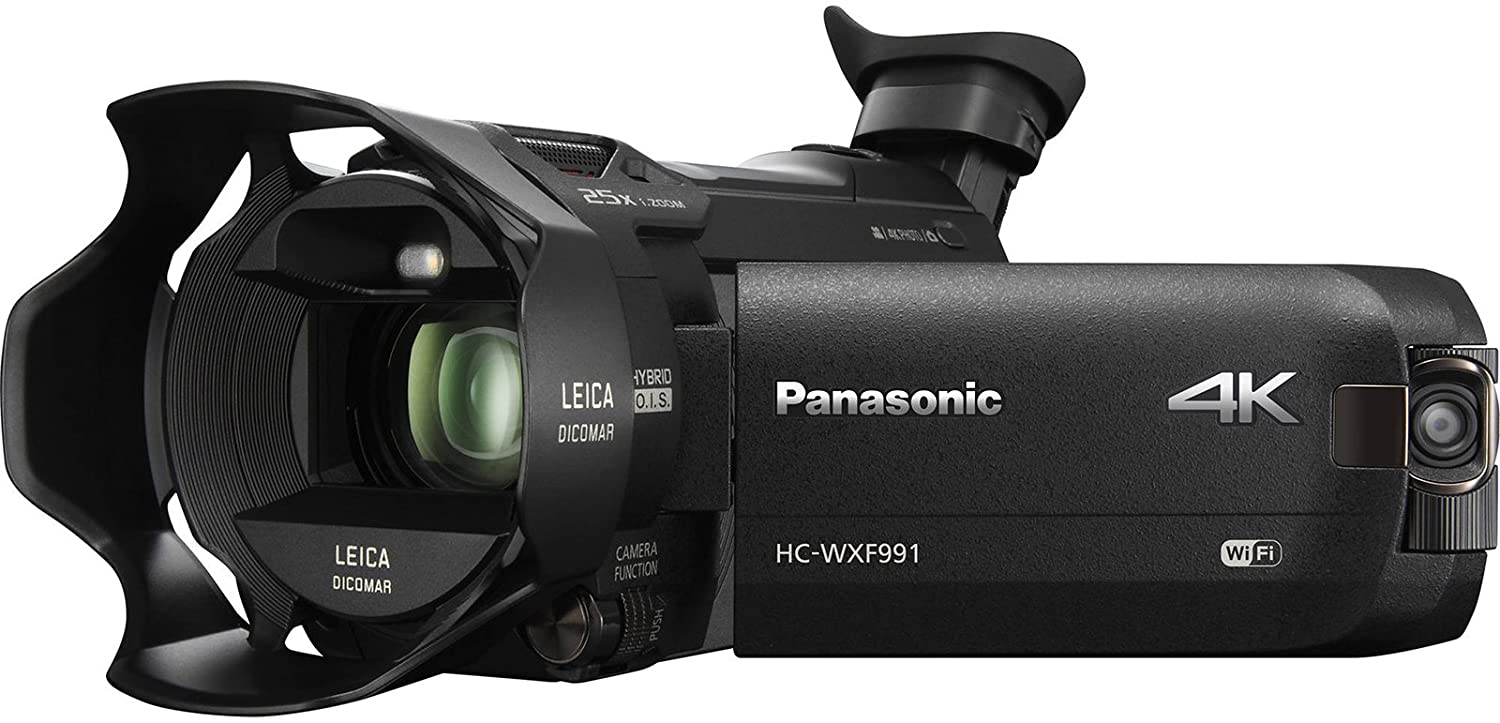Having a dog is one of the most rewarding experiences, but it can also be challenging. Teaching your pup commands and teaching them to obey those commands is essential for having a well-behaved and disciplined pooch. With consistency and patience, you can make sure that your dog knows its place in the family as well as how to behave properly when out in public or around other people. Here are some tips on how to use commands to help make your dog more disciplined and well-behaved.
The first step is to start with the basics. Teach your dog basic commands such as sit, stay, and come. Make sure that they understand these commands by repeating them every time you take them out for a walk or whenever you give a command. Be consistent with your commands and make sure to reward your pup when they obey. This will help reinforce your commands and will make them more likely to do what they are asked.
The next step is to practice commands with distractions. If you want your dog to be well-behaved around other people, it’s important that they can still follow the commands even when there are distractions around them. Practice the same basic commands when there are distractions around, such as other people or animals. This will help your dog stay focused and be able to follow commands even when there are external stimuli.
Also, make sure to keep a consistent schedule for your pup. Having a set routine can help establish expectations and boundaries for your pet. For example, if you want them to go outside for potty breaks at a certain time, make sure to stick to that schedule and reward them when they obey. This will help your dog learn what is expected of them and it will encourage them to act accordingly.
Dog training
Dog training is a crucial part of having a well-behaved and disciplined pet. It involves teaching your dog commands, rewards for following commands, and consistency with enforcing the commands. While this may take some time and dedication, it’s an important part of communicating with your pup and making sure that they understand your expectations.
To get started, start with the basics such as sit, stay, and come. Practice these commands consistently and make sure to reward your pup each time they obey.
As you move on to more advanced exercises, incorporate distractions such as other people or animals to help your pooch stay focused. Finally, make sure to keep a consistent schedule for your pup so they know what to expect and when. With consistency, patience, and dedication, you can make sure your pup is well-behaved and disciplined. Good luck!
Positive reinforcement
Positive reinforcement is an essential part of training when it comes to making your dog disciplined and well-behaved. Positive reinforcement involves rewarding your pup with a treat or verbal praise when they obey a command, thus reinforcing the behavior you want them to repeat. This type of reinforcement works well because it creates a positive association in your pup’s mind between the action (following a command) and the reward.
When using positive reinforcement, it is important to make sure that you provide rewards immediately after your pup completes an action correctly. This will ensure that your dog knows which behavior they are being rewarded for. Additionally, make sure that you keep up with rewards – too few rewards could lead to your pup not understanding what is being asked of them, and too many rewards can make the reward less meaningful.
Positive reinforcement can be a great tool for making sure that your pup is disciplined and well-behaved. It’s an easy way to reinforce good behavior while also providing a strong bond between you and your pup. With patience and consistency, positive reinforcement can be a great way to ensure that your pooch stays well-behaved.
